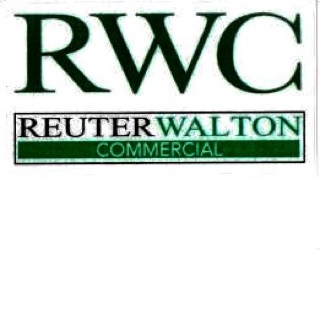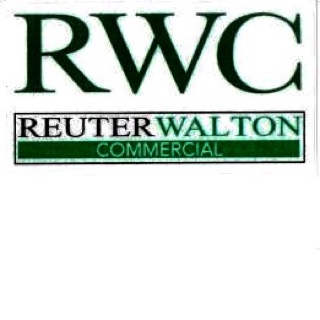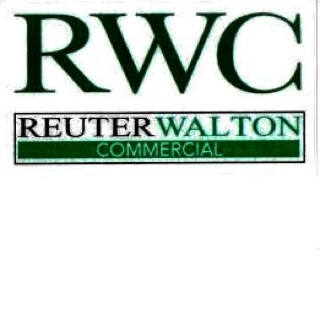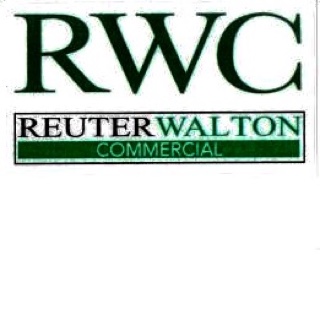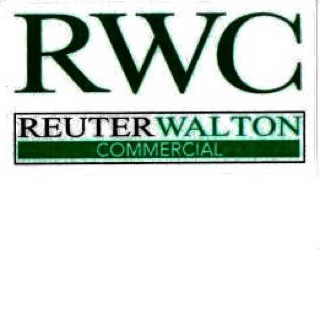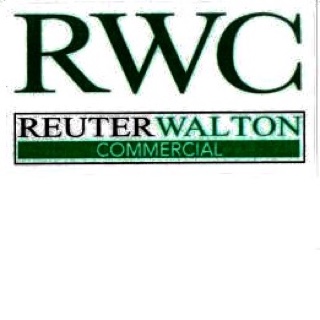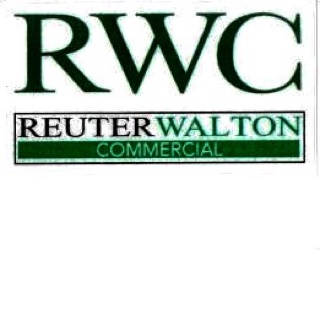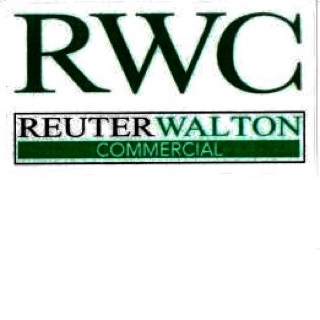Information
-
Document No.
-
Conducted on
-
RWC Job Name
-
Prepared by
-
Job Title
-
Job Site Address
-
Other people in attendance during audit
Site Access
-
Clean level ground
-
Adequate ramps
-
Fencing at Perimeter of site
-
Locks to site and building
-
Cones and delineators are in place to deter foot and vehicular traffic
-
Public Protection is in place (Covered walkway, railings, signage in place)
-
Safety and Construction Signage is in place on perimeter fence and where necessary.
Protective Equipment
-
Hard hats worn
-
Proper foot protection is being worn (No tennis shoes)
-
Safety glasses are worn
-
Hearing protection.
-
Respiratory protection
-
Carbon Monoxide monitoring in place and log is posted in job trailer.
Job site cleanliness
-
Clean and clear walkways. No trip hazards exist.
-
Clean work areas. No trip hazards exist.
-
Garbage is picked up. Building and site are clean of garbage.
Guardrails and barricades
-
Are located where necessary. No risk of a worker being exposed to a 6' fall hazard.
-
Properly constructed to resist specified load
-
Adequately secured.
-
Cable guard rail tension/flagging
Fall Protection
-
OSHA Approved equipment is being used.
-
Leading edges and CAZs are established
-
Falling object protection is in place (IE: toe boards etc.)
-
Materials are secured to avoid wind displacement of materials
-
Personal fall arrest systems are being properly worn.
-
Each worker is tied off to only one (1) anchor point unless anchor point is designed to support more than one.
-
Floor openings and holes are covered (Holes = >2")
-
Door openings (4 guardrails)
-
Window openings (3 guardrails)
-
No unprotected openings and ledges
-
Balcony door signs are posted at all patio doors prior to balcony/deck railings installation
Stairs and Ladders
-
Secured properly. (Top and bottom)
-
Being used with proper angle and solid base.
-
Ladders are adequately extended above landing (minimum of 3 feet)
-
Ladders are proper size and type. (IE: no one is using a ladder too small to safely execute the work they are doing)
-
Stair rails with 4+ risers have grip-able hand rails.
-
Ladders have non-slip bases in place
-
Metal pan stairs are filled (no Styrofoam)
-
Ladder access has offset approach.
Fire Prevention
-
Fire Extinguishers are located every 100' on site/in the building
-
Fuel tanks and combustibles are properly secured.
-
Temporary heat is safely ventilated.
-
No plastic gas cans on site.
Power tools and Equipment
-
All power tools and equipment are in good working condition.
-
Proper guards are in place on saws, etc.
-
Cords grounds are intact. Extension cord sheathing all in good shape.
Motor Vehicles
-
Back up Alarms are working properly
-
Traffic control is in place.
-
Roadways and sidewalks are protected.
-
All doors, roll cages, windshields, mirrors etc. are in good condition
-
Capacity's are not being exceeded
-
Seatbelts are being worn
-
Crane inspections are up to date.
-
Certified operators operating equipment
Gas/Propane Cylinders
-
Properly located (Not at risk of being struck by vehicular traffic etc.)
-
Properly secured
-
Properly moved/lifted.
-
Gas line for temporary heaters is suspended if > 50'
Materials
-
Materials are safely stored and are not at risk of falling or striking workers
-
Subcontractors have SDS onsite
-
Proper equipment for handling materials on site
Concrete and Masonry
-
Rebar caps are installed so no hazard exists
-
Shoring and/or wall bracing is properly installed
-
Rebar cutting - direction of sparks
-
Masonry and concrete dust (Cutting/mixing)
Excavation and Shoring
-
Shoring is installed at the proper depth for soil type
-
Adjacent structures are properly shored and protected
-
Equipment ramps are adequate
-
Spoil piles > 2' away from edge of excavation
-
Exits provided every 25'
-
Fall protection at edge if over 5'
-
Trench boxes are being used properly where necessary.
Public Protection Plan
-
Work is being performed in line with RWC site specific Public Protection Plan
-
Separation of public from work areas.
-
Pedestrians and public sidewalks are being protected.
-
All signage in place notifying the general public that hazards exist (IE: sidewalk closed, Men working over head, etc.)
Scaffolding and Aerial Lifts
-
Scaffolding has been properly erected by subcontractors appointed competent person
-
Scaffolding is properly secured
-
Scaffolding is properly using OSHA approved material
-
Proper guardrails are in place
-
Toe boards are in place where necessary. (Toe boards are necessary when workers, foot traffic etc. have the potential to be exposed to falling objects from scaffolding)
-
Proper access to the platform is in place. Submit photo.
-
Acceptable loading of materials. Review how safety railings etc are impacted by loading scaffolding with materials.
-
Scaffolding is secured to the building if height = 4X width
-
Aerial Lifts; tied off in the basket, proper fall protection being used, mid-rail chain is secured if applicable.
-
Scaffolding is constructed no > 14" from the building. For plastering and lathing operations no > 18"
Electrical
-
Temporary power is protected from weather.
-
All extension cords, tool cords, fan cords, humidifier cords, heater cords, etc. has ground in tact and cord is in good condition
-
All areas are adequately lit: (Parking garages, stairwells, corridors etc.)
-
All temporary lighting is installed a minimum of 8' above finished floor.
-
All temporary electrical outlets have covers and are GFCI protected
-
Temporary lights are in good working order. No burned out bulbs.
-
Temporary power is properly labeled. (IE: which outlets go with which breakers etc.)
Cranes
-
Pre-erection safety plan was conducted and meeting minutes distributed with crane operator, erectors and material supplier
-
Properly erected.
-
Overhead power lines near and or adjacent to the job site have been demarked. Overhead power line signage is in place.
-
No power lines are in the potential swing radius of the crane. If power lines are in swing radius, other safety measures are in place to maintain minimum clearance.
-
All required crane inspections are up to date and documented properly. (Annual, daily etc)
-
Crane is inspected daily by subcontractor's competent person
-
Crane supplier and erection subcontractor have site specific safety plans submitted to RWC and are on site
-
All rigging equipment is in good working order






